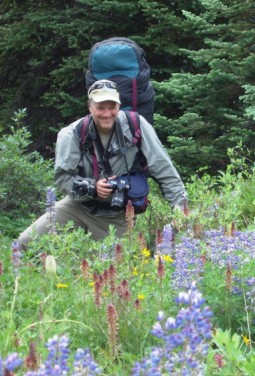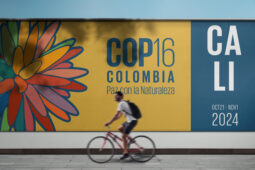 COP16: Hope & Hurdles (start time: 1:20) On this week’s show, host Susan Moran interviews two conservation biologists at Colorado State University — Chris Funk and Liba Pejchar. They both recently attended the United Nations Biodiversity Conference, or COP16, which is still underway in Cali, Colombia, and they share their experiences, perspectives, and optimism from the global gathering. Nearly 200 nations are attending the summit to negotiate targets aimed at slowing the alarming decline in plant and animal species and critical habitats around the world. The outcomes of the talks could determine the roadmap for the future of the planet (despite the fact that the United States has not been a signatory to the global biodiversity treaty). The stakes are high: Biodiversity is shrinking globally faster than at any time in history, with around 1 million plant and animal species currently threatened with extinction, according to an intergovernmental panel of scientists. Two years ago, the biodiversity conference, which convenes every two years, met in Montreal and hashed out a landmark agreement. Among the 23 measures in the accord is a commitment to place 30 percent of the planet, and 30 percent of degraded ecosystems, under protection by 2030. Some progress has been made, yet so far no nations have met their targets, and COP has no enforcement mechanism.
COP16: Hope & Hurdles (start time: 1:20) On this week’s show, host Susan Moran interviews two conservation biologists at Colorado State University — Chris Funk and Liba Pejchar. They both recently attended the United Nations Biodiversity Conference, or COP16, which is still underway in Cali, Colombia, and they share their experiences, perspectives, and optimism from the global gathering. Nearly 200 nations are attending the summit to negotiate targets aimed at slowing the alarming decline in plant and animal species and critical habitats around the world. The outcomes of the talks could determine the roadmap for the future of the planet (despite the fact that the United States has not been a signatory to the global biodiversity treaty). The stakes are high: Biodiversity is shrinking globally faster than at any time in history, with around 1 million plant and animal species currently threatened with extinction, according to an intergovernmental panel of scientists. Two years ago, the biodiversity conference, which convenes every two years, met in Montreal and hashed out a landmark agreement. Among the 23 measures in the accord is a commitment to place 30 percent of the planet, and 30 percent of degraded ecosystems, under protection by 2030. Some progress has been made, yet so far no nations have met their targets, and COP has no enforcement mechanism.
Hosts: Susan Moran, Joel Parker
Show Producer: Susan Moran
Engineer: Joel Parker
Executive Producer: Shelley Schlender
Listen to the show here:
Podcast: Play in new window | Download (Duration: 27:25 — 37.7MB)
Subscribe: RSS



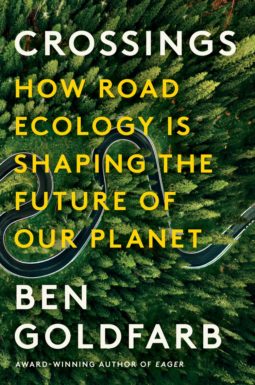 Wildlife Crossings (start time: 0:58) In this week’s show, host Susan Moran interviews journalist
Wildlife Crossings (start time: 0:58) In this week’s show, host Susan Moran interviews journalist  On this week’s show journalist and author
On this week’s show journalist and author 
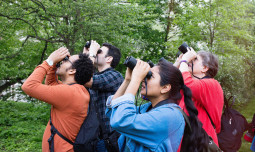
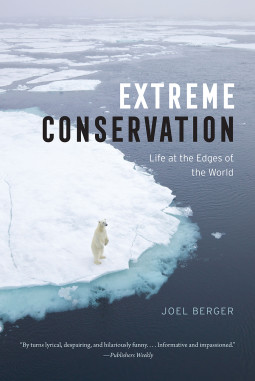 Conservation on the Edges (start time: 13:26) Charismatic predators like polar bears, grizzlies, and tigers, get lots of attention, and for good reason. But many lesser known species, particularly those living in extreme environments–including muskoxen, wild yaks, takins and saigas–are also important species. They have been the research focus of
Conservation on the Edges (start time: 13:26) Charismatic predators like polar bears, grizzlies, and tigers, get lots of attention, and for good reason. But many lesser known species, particularly those living in extreme environments–including muskoxen, wild yaks, takins and saigas–are also important species. They have been the research focus of 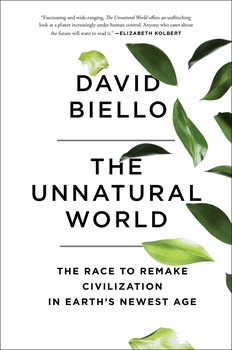
 The Unnatural World (start time: 6:58): It’s an audacious topic for a book: the planet, and audacious individuals who are working to save — actually, to remake — human civilization and our home on Earth.
The Unnatural World (start time: 6:58): It’s an audacious topic for a book: the planet, and audacious individuals who are working to save — actually, to remake — human civilization and our home on Earth. 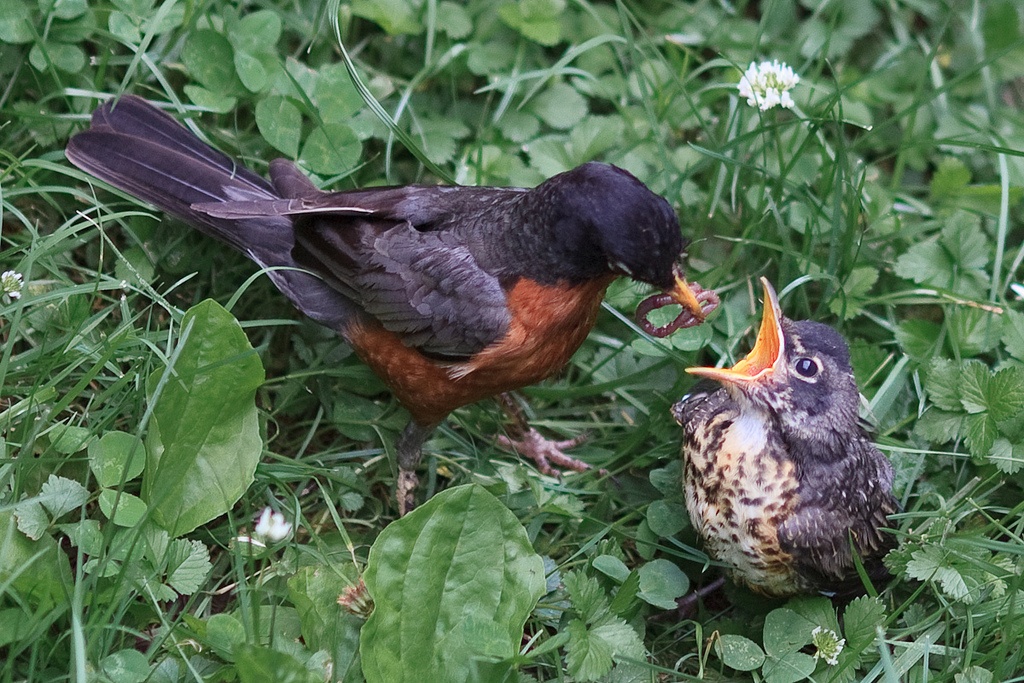
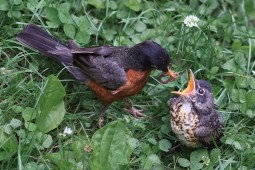
 The Science of Humor (start time: 14:32): Have you ever laughed at something you know you shouldn’t have? Like when someone you know falls down the stairs?
The Science of Humor (start time: 14:32): Have you ever laughed at something you know you shouldn’t have? Like when someone you know falls down the stairs? 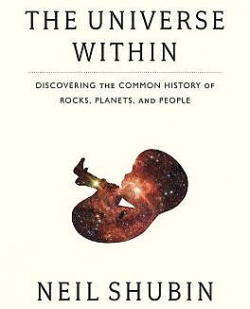
 The Universe Within (starts at 4:40) Within each and every one of us is the history of life on this planet, the planet itself and the entire universe. This is the theme of a new book “The Universe Within.” The author, Neil Shubin, is a professor of Paleontology and Evolutionary Biology at the University of Chicago. Starting with what physically constitutes a human being and what makes a human life possible, Shubin surveys many domains of science to find out what we can learn about what’s out there from what’s inside of us. It’s a fantastically broad scope, bringing together the common history of Rocks, Planets and People. As professor Shubin explains to How On Earth’s Chip Grandits, it is the very concept of this common history that binds all of these topics, which are normally found scattered throughout disparate domains of science and academia.
The Universe Within (starts at 4:40) Within each and every one of us is the history of life on this planet, the planet itself and the entire universe. This is the theme of a new book “The Universe Within.” The author, Neil Shubin, is a professor of Paleontology and Evolutionary Biology at the University of Chicago. Starting with what physically constitutes a human being and what makes a human life possible, Shubin surveys many domains of science to find out what we can learn about what’s out there from what’s inside of us. It’s a fantastically broad scope, bringing together the common history of Rocks, Planets and People. As professor Shubin explains to How On Earth’s Chip Grandits, it is the very concept of this common history that binds all of these topics, which are normally found scattered throughout disparate domains of science and academia.

![hs-2011-23-d-web_print Pluto and its moons [click to enlarge] (credit: NASA, ESA, M. Showalter, Z. Levay)](http://howonearthradio.org/wp-content/uploads/2011/08/hs-2011-23-d-web_print-255x255.jpg)
